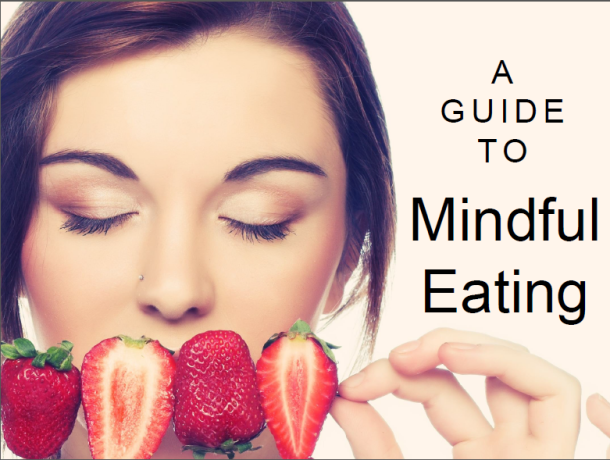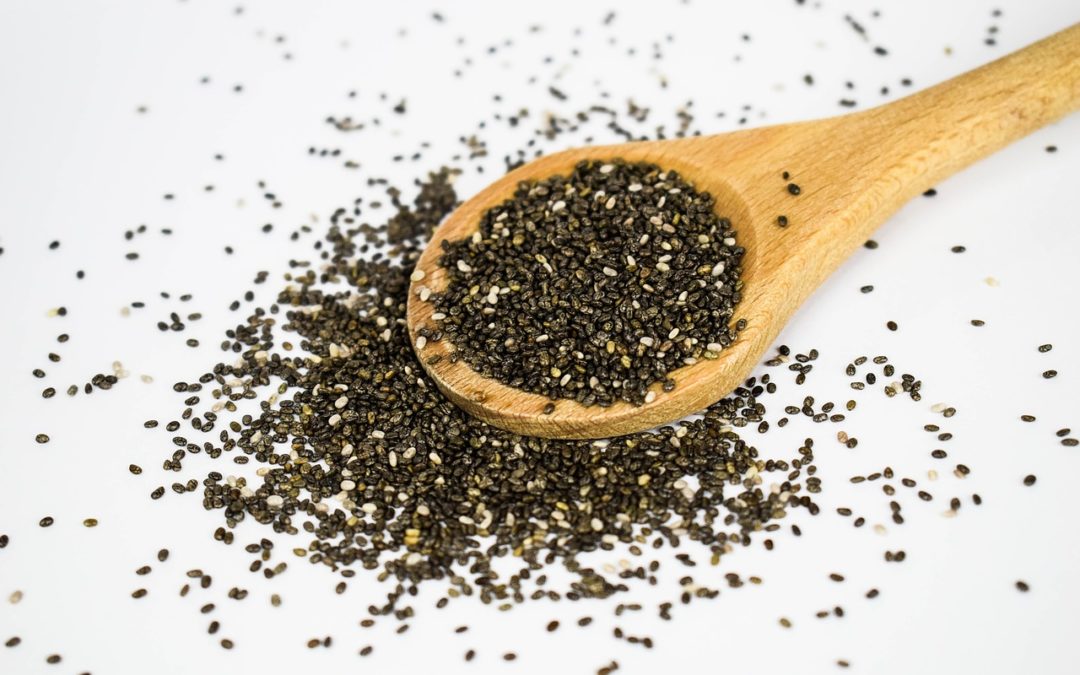
by dnshah | Mar 5, 2018 | Age Defying, Diet and Weight Loss, Health and Wellness Tips
An alarming 90% of Americans are NOT meeting their recommended omega 3 fatty acid intake. The American Heart Association recommends about 500mg for healthy individuals, and more for heart patients. Children, women of child bearing age, pregnant/lactating women, and Mexican Americans were the subgroups found to consume the lowest levels of omega 3.
Omega 3 is a fatty acid that helps reduce inflammation in the body. Omega 6 is a pro-inflammatory fatty acid. We need both in balance. Each fatty food will usually have some amount of both. Omega 3 is broken down into two components in the body which do the anti-inflammatory work and provide cardiovascular benefits, EPA & DHA. In order to ensure sufficient EPA & DHA, we can supplement OR improve our omega 3:6 ratio.
Previously our fatty foods had better omega 3:6 ratios, but lately due to a number of reasons (processing of foods, meat & dairy industry practices, egg industry practices, etc.) that ratio is changing with omega 6 (the pro-inflammatory agent) becoming higher and the omega 3 becoming lower. So, we have to purposely take actions to improve this ratio. The chart will show the top vegan food sources to improve the omega 3:6 ratio. Hopefully the awareness of omega content in the foods will empower people to meet their recommended intakes AND improve their omega ratio.
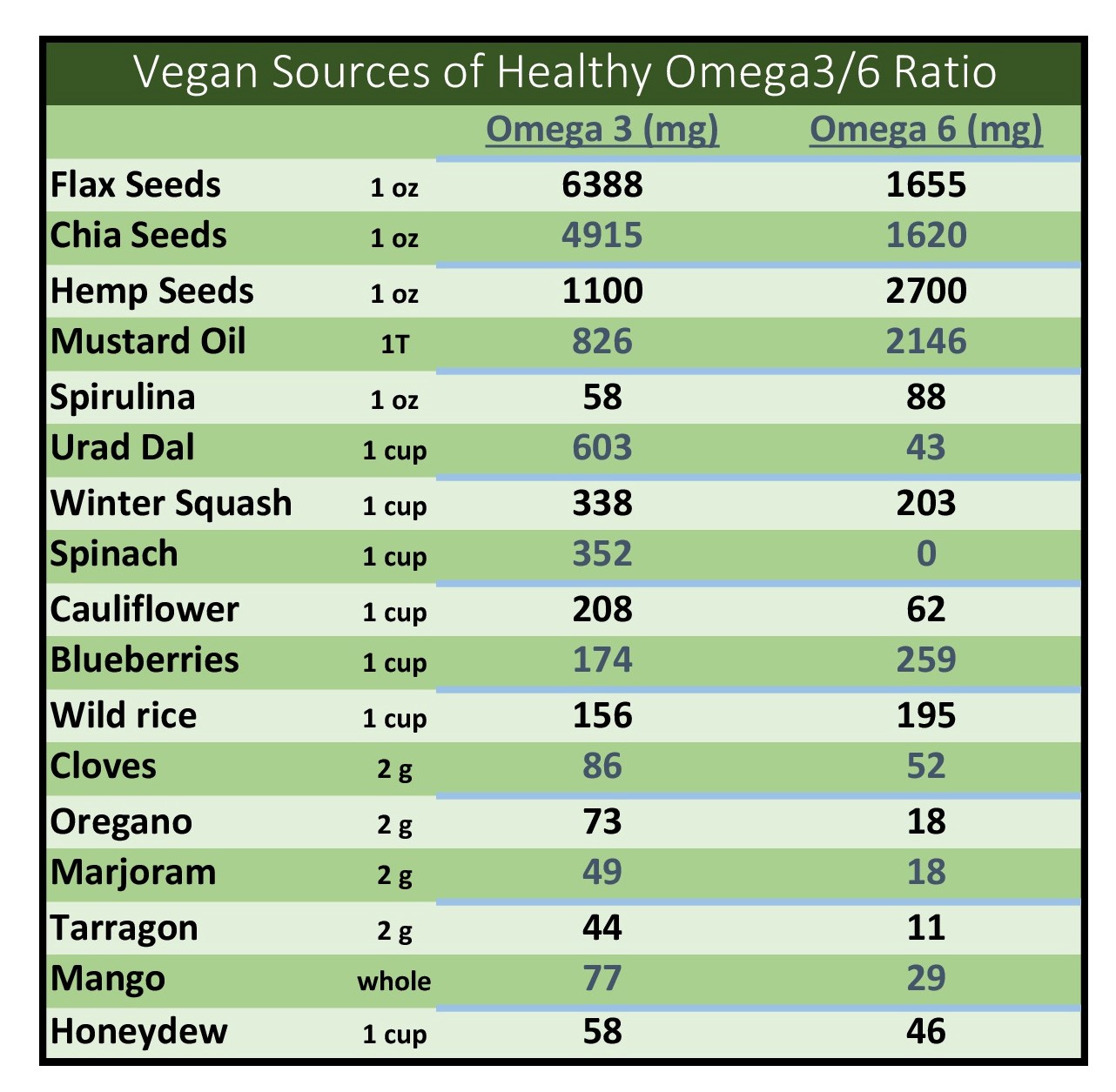
Resources:
- American Heart Association. Fish and omega-3 fatty acids
- Richter CK, Bowen KJ. Total long-chain n-3 fatty acid intake and food sources in the US compared to recommended intakes: NHANES 2003-2008. 2017;52(11):917-927
- Papanikolaou Y, Brooks J. US adults are not meeting recommended elvels for fish and omega-3 fatty acid intake: results on an analysis using observational data from NHANES 2003-2008. Nutr J. 2014;13:31
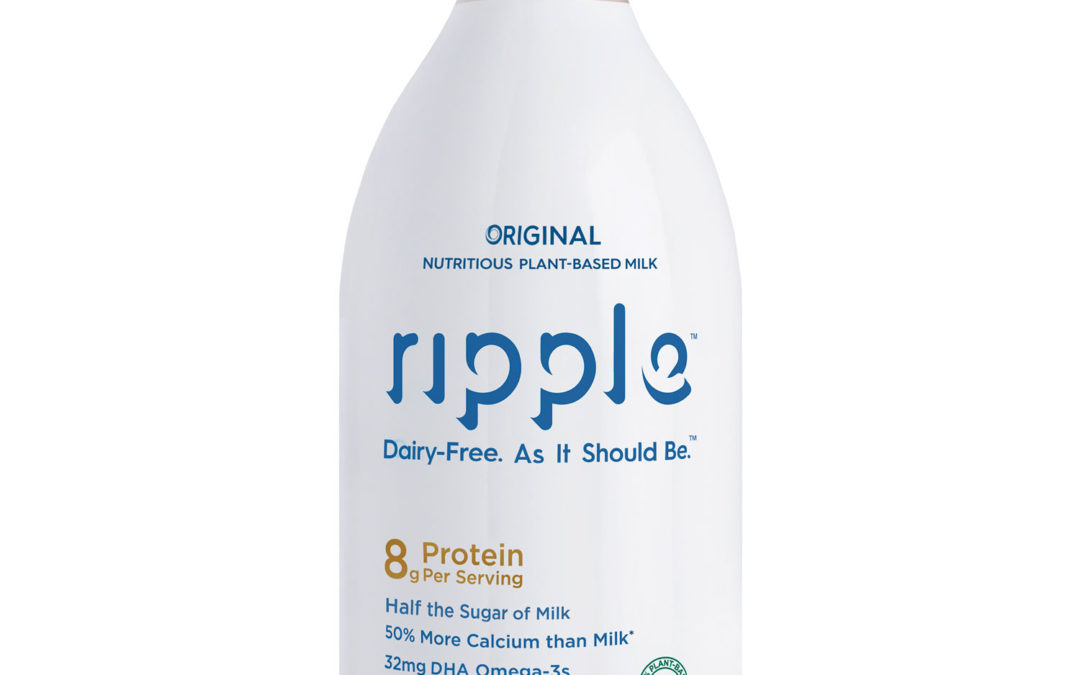
by dnshah | Aug 28, 2017 | Age Defying, Diet and Weight Loss, Health and Wellness Tips
I was recently asked what my favorite non-dairy milk was. I’ve been an early explorer of non-dairy alternatives for eating cereal with, or for lightening up my tea or coffee. You name it… I bet I’ve tried it. From store-bought brands of soy milk, almond milk, coconut milk, hemp milk, hazelnut milk, & cashew milk to home-made fresh almond milk varieties. I’ve tasted and experimented with each variety and I was satisfied with all my choices…. at least I thought I was satisfied… until I had a conversation with Niloy Phukan, Director of Sales for Ripple Foods.
It wasn’t until my conversation with him that I realized there was new competition in town that overcame some previous challenges in the non-dairy world. Could it be the true answer for all non-dairy milk drinkers in terms of taste, nutrition, health & sustainability?
Non-Dairy Milk Challenges
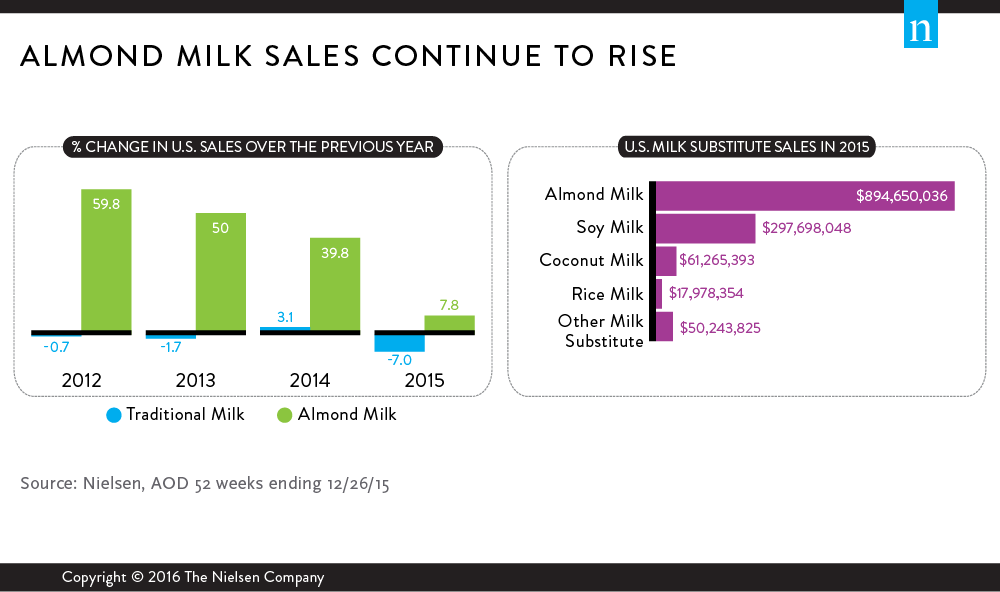
Almond milk (& other nut milks) seems very pure, ethical, and innocent. Well, at least for those that don’t have allergies! Ripple Foods has an informational campaign about almond milk production requirements: In terms of mass production, they claim it takes 60 gallons of water to produce 1 glass of dairy milk. It takes 20 gallons of water to produce 1 glass of almond milk. And it takes ½ gallon of water to produce 1 glass of their Ripple pea milk. So while they applaud almond milk’s eco-friendliness compared to dairy milk; they also point out their product as a clear winner of being eco-friendly.
Soy milk is controversial with the alleged threat of increased consumption of phyto-estrogens. The fear is that consuming soy-based products could be disrupting to the endocrine system (think thyroid gland). NOTE: I have yet to find an unbiased peer-reviewed scientific study proving soy proteins are human endocrine disruptors, but the discussion has been alive and strong for over a decade after many animal-based studies. If you love soymilk, drink it but limit yourself to 4oz. per day.
Coconut milk is a long-time favorite for desserts and smoothies because of its sweet yet light taste. Some take issue of it being the only non-dairy milk with saturated fat, but most understand it is a healthy choice. Last year the world experienced coconut challenges as the prices of coconut products soared with quantity limitations. Consumers were reminded that it may not be feasible to always have it on hand and that it is not a “green” solution to the non-dairy puzzle with product limitations, transportation issues, and negative environmental impacts.
Rice milk is not a big seller perhaps because of its high fermentable oligosaccharides, disaccharides, monosaccharides, and polyols (FODMAP) state. It means it has short chain carbohydrates that can’t be completely absorbed in the gastrointestinal (GI) tract and could be easily fermented causing GI stress. There is also the concern of arsenic and other heavy metals in rice processing.
Ripple Pea Milk is new to market (not well-known yet). By all notes thus far it has no sustainability issues being derived from US-based non-GMO yellow peas. They have patent-technology to isolate the protein allowing for a 0 – 2 gram carbohydrate product. Peas are not an endocrine disruptor. It is a “green” product with regards to water usage to derive it (93% less water than dairy milk).
Nutrition
An 8oz. glass of 2% dairy Milk has 122 calories, 5 g of fat, 11 g of carbs, and 8g of protein. From a nutritional viewpoint, Ripple milk boasts 8g of protein per 8oz. glass (the same as dairy), 50% more calcium than 2% dairy milk, more iron than 2% dair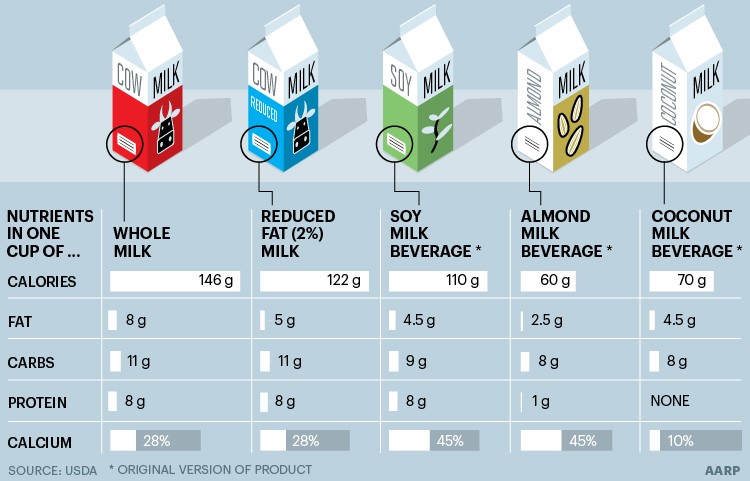 y milk, and a good source of vitamin D and DHA omega 3s. The unsweetened variety has 0 sugar, 0 carbs (patent pending technology to do this), and 4.5 g fat. The unsweetened vanilla has 2g carbs and 0 sugar.
y milk, and a good source of vitamin D and DHA omega 3s. The unsweetened variety has 0 sugar, 0 carbs (patent pending technology to do this), and 4.5 g fat. The unsweetened vanilla has 2g carbs and 0 sugar.
Availability & Taste
I looked for it at my local HEB grocery store, and the dairy representative said he couldn’t keep it on the shelf very long because it was so popular. I looked for it at my local Target, and was lucky to secure 2 bottles – one plain unsweetened and one chocolate. The chocolate one tastes like chocolate dairy milk, and the plain one tastes similar to Carnation instant milk. Since I primarily use non-dairy milk in the tea, I was a fan of the plain unsweetened variety. If you love your chocolate milk fix, note that there’s a new game in town!
From a Ripple point of view, there really is no nutritional equivalent… not even dairy milk. It is slated to become the LEADER of the non-dairy milk world. Available at select Target, HEB, Whole Foods, Sprouts, as well as many more stores soon to come – I’m quite certain! Ripple has also just released their half-&-half variety in some Targets and Whole Foods too! They plan on rolling out its yogurts soon so be on the watch!

by dnshah | Jun 22, 2017 | Age Defying, Health and Wellness Tips, Stress Management
Coenzyme Q10 (“CoQ10”) is an essential enzyme & antioxidant that supports cellular function. It is useful in metabolic processes to produce energy. People use it to fight the wear/tear of aging, & to stay more active – physically & mentally. It is found in cells throughout the body, but especially in the liver, kidney, pancreas, and heart. These locations have tissues that perform high levels of metabolism.
It also quenches free radicals and helps to prevent damage to proteins, lipids, and DNA. Like other antioxidants, it also helps strengthen the immune system. It is found in fish, organ meats, and whole grains, as well as external supplements.
Latest research has focused on coQ10’s benefits on cardiovascular disease, dyslipidemia, diabetes (insulin regulation), oxidative stress, chronic inflammation (decreasing CRP), fatigue, and pain.
In a 2016 study involving women with fibromyalgia, coQ10 supplementers saw pain symptoms reduce by 37%, fatigue reduce by 22%, and sleep disturbances lower by 33%. While we may not know exactly why coQ10 helps, it does have a positive impact on pain management and quality of life issues for sufferers.
Sources of coQ10 include:
- Grass-fed beef
- Fish (herring, rainbow trout, sardines, mackerel)
- Free-range chicken
- Cage-free eggs
- Pistachios
- Broccoli & Cauliflower
- Oranges & Strawberries
- Supplements (capsules/tablets) OTC.
Supplements may not be safe for pregnant or nursing moms, and children; but food sources usually are. Food sources should be accompanied by healthy fats for better absorption.
Resources:
https://www.ncbi.nlm.nih.gov/pubmed/27974102

by dnshah | Mar 27, 2017 | Age Defying, Diet and Weight Loss, Health and Wellness Tips
People all over the world delight in sweet tasting foods – who doesn’t enjoy a decadent chocolate mousse cake or a hot fudge sundae? It would be quite odd to not enjoy a slice of birthday cake when celebrating a special occasion, or rewarding yourself with your favorite frozen treat. While our sugar consumption has steadily increased over the last 50 years, so has the incidence of diabetes and obesity. You see our bodies were designed to consume 5 basic tastes: sweet, salty, sour, bitter, and umami. We’ve got the sweet & salty mastered, but could use some work on the bitters.
Bitter compounds have considerable health benefits, and need to be sought out. Here are several foods with these healthy bitter compounds.
- Anthocyanins give berries their vibrant hue and are considered “bitters”. They improve vision, are anti-aging, and protect against heart disease and cancer. They are found in berries, black beans, cherries, peaches, pomegranates, plums, red onions, eggplant, and red cabbage.
- Catechins may prevent heart disease, lung- and prostate-cancer, and keep LDL cholesterol down. It is found in tea (black & green), cocoa, grapes, and red wine.
- Chlorogenic Acids reduce chronic inflammation, and may lower risk of heart disease, Alzheimer’s, Type 2 Diabetes, and arthritis. They are found in coffee and black tea.
- Glucosinolates have been shown to prevent the progress of cancer. Sulforaphane – a component of glucosinolates, has tumor-fighting properties. Cruciferous vegetables are a great source of glucosinolates: arugula, broccoli, Brussels sprouts, bok choy, cabbage, cauliflower, & kale
- Isoflavones can improve blood/oxygen flow, bone density, and are linked to a lower risk of breast and prostate cancer. Soybeans, Soyamilk, tofu, and tempeh are known sources of genistein and daidzein – two components of isoflavones.
- Naringin is associated with improvements in diabetes, obesity, and UV damaged cells. It is found in tomatoes and citrus fruits.
- Proanthyocyanidins mitigate tumor growth, and help prevent bacterial infections. They are found in apples, berries, cocoa, grapes, kiwi, avocados, and mangoes.
- Quercetin has antihistamine and anti-inflammatory properties that may protect against heart disease and cancer. It is found in apples, onions, leeks, radicchio, and radishes.
The next time you find the odd bitter on your plate, don’t turn up your nose at it – instead allow your tongue to savor the flavor and invite the goodness in.
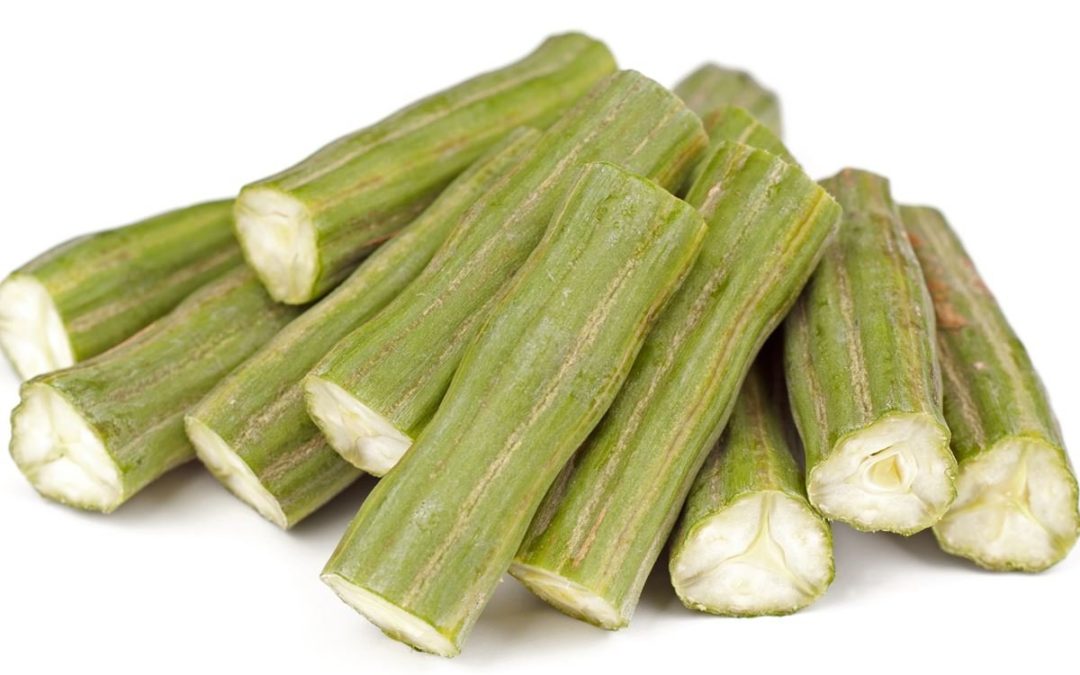
by dnshah | Jan 10, 2017 | Age Defying, Diet and Weight Loss, Health and Wellness Tips
I’ve eaten parts of moringa all my life as I was born in India and it is a delicious ingredient common in Southern regions of India. It is regarded as a “miracle tree” there. I also know that the benefits of moringa are so great, it is now offered as a supplement.
Moringa health benefits may include:
- Anti-inflammatory – which could help with chronic illness
- Immune boost – which could help fight against infections, skin ailments, and allergies
- Nutrient-dense food – which could help with nutritious menu planning
- Blood-Sugar Balancer – which could help better manage menu planning for all, especially diabetics
These collective benefits may help minimize symptoms of so many disorders and diseases while providing essential vitamins and minerals to nourish your physical body. It sounds great, but here’s the catch.
It is a bit messy to eat, so many people shy away from indulging. When there is a food that is so good for you…it’s practically a superfood, you have to get your hands a little dirty! I use it in a hearty stew as it lends a savory texture and flavor. It will not fit on a spoon well, so I pick it up and put it in my mouth. While still holding an edge, I close my mouth and sandwich it between my teeth (top & bottom). Then I gently pull it out while my teeth scrape the contents of this fibrous vegetable. Your fingers are left with the fibrous stem that is not eaten, while your mouth is enjoying the creamy flesh and pods which have absorbed the taste of your stew.
It is available at ethnic Asian markets throughout the US in the freezer section under the name “drumsticks”, and it is a very easy ingredient to work with in stews and dals.
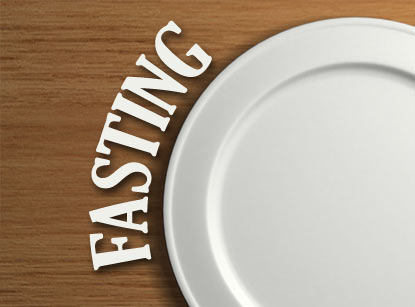
by Darshi Shah | Oct 20, 2016 | Age Defying, Diet and Weight Loss, Health and Wellness Tips
What I know for sure is that your body can either burn fat for fuel or burn carbohydrates for fuel – but not both. Which is better? Most health professionals I’ve discussed it with concede that the best mode for energy and weight loss is to burn fat for fuel. Of course it comes with a big challenge… HOW? My amazing and proven answer – is fasting! And by the way, fasting comes with big lifelong benefits too!
“Fasting” may seem to be the new health fad of today to reset your metabolism to efficiently burn fat versus carbohydrates; BUT in actuality it continues to be a practice used throughout Asia for longevity. Perhaps it is the ancient secret of the fictional “Fountain of Youth” that many covet. Let me explain…
What does it mean?
Fasting simply means that you cease your consumption of food (& sometimes drink) for at least 12 hours. Many of us do this at least once a year for our annual physical labs, so it isn’t that difficult to achieve. It allows enough time for your body to undergo the changes needed to burn fat for the energy needed to live. Many health professionals today are discussing the best strategies to achieve “ketogenesis” – a process to break down fats to best nourish your organs.
How does it feel?
Being of both Eastern and Western influences, I got into the Eastern practice of fasting one day per week when I was a teenager. Even today I still try to fast most Mondays each week (no food); and what I’ve noticed is I have more physical energy and more focused mental energy on Mondays despite feeling hungry. I have learned over time to control those hunger pangs by letting myself know that I can eat tomorrow, thereby converting those cravings into delayed gratification for an amazing Tuesday meal.
How does it preserve one’s youth?
What I have learned through Western science is that by fasting at least 12 hours, I am lengthening my telomeres. Telomeres are the protective caps on the ends of chromosomes, and it is believed their size can predict how quickly cells age and die. These telomeres shorten with time, and the shorter telomeres are generally associated with illness, cancer, and other disease. So it is not surprising that scientists all over the world are obsessed with trying to determine what can lengthen these telomeres.
Since January, 2015 Stanford University School of Medicine researchers began exploring treatments to artificially “lengthen” telomeres. These treatments, if successful, have potential for benefits with anti-aging, anti-disease, anti-cancer, and general health for those elite that can pay for it in the future.
But what about the rest of us? What options do we have to lengthen our telomeres today?
- REGULAR FASTING can help you preserve your age by lengthening your telomeres. It doesn’t have to be a whole day – it simply has to be at least 12 hours. An easy way to implement this is to stop eating at 7pm each day, and don’t eat again until after 7am the next morning. This means early dinners and probably means early to sleep too! But when the next morning greets a lighter version of you with more energy and real hunger, you’ll know this is a winning way to detoxify, preserve your age, and metabolize your foods.
What are the other proven ways to preserve one’s youth?
In addition to fasting, the other telomere lengthening / Fountain of Youth revealing methods are as follows:
- MEDITATION is widely known to yogis and yoginis that deep meditation naturally increases the length of our telomeres. Daily meditation is the free option which everyone has access to… you only need a small piece of ground to sit on and to still your mind while shifting focus internally. One only needs at least 10 minutes/day to start reaping benefits, and there are numerous apps that provided free guided meditations.
- EXERCISE is now believed that vigorous exercise (studies cite running 50 miles/week) may also increase these telomeres. Another school of thought is that exercise doesn’t increase the length of the telomeres; however it increases the amount of telomerase, a cellular enzyme that might help lengthen and protect telomeres. In either event REGULAR physical activity seems to help with telomerase production.
- A clean plant-based DIET, specifically one which is high in (G.B.O.M.B.S.) greens, beans, onions, mushrooms, berries, and seeds is generally accepted in the health coaching industry to be anti-aging, anti-disease, and immune-boosting. Eating a clean diet requires access to pure whole foods (non-GMO, organic) which isn’t always easy. In our rushed pace of life, fast-food is taking over our nourishment; and this is not the best we can do. That is one reason health coaches are in demand – to empower even the busiest individual to create more quick, clean, and tasty meals at home with ease.
I believe all three of these lifestyle options impact the length your telomeres (directly or indirectly). As we chronologically age however, I don’t advocate starting vigorous exercise in our later years for the safety of our bones, and joints. If athletes have been running 50 miles/week since their younger years and they want to continue, that is great. I would say it may be the most important activity they are doing for their longevity. However for the rest of us, there may be other more important activities / options for our longevity like fasting, meditation & diet.
How do I get started?
A little support from your local health coach on tweaking your diet, or getting started on fasting, or even meditation and pranayam to lengthen your telomeres may actually lengthen your life and improve your overall quality of life… so what are you waiting for? Send me an email and let’s get started with finding your best path to health and the fountain of youth!


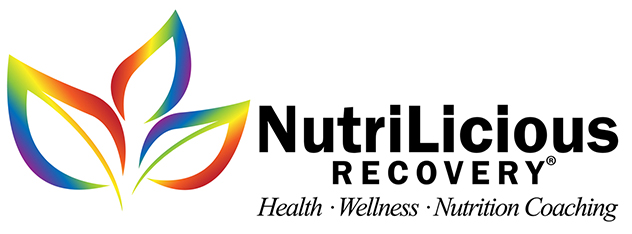


 y milk, and a good source of vitamin D and DHA omega 3s. The unsweetened variety has 0 sugar, 0 carbs (patent pending technology to do this), and 4.5 g fat. The unsweetened vanilla has 2g carbs and 0 sugar.
y milk, and a good source of vitamin D and DHA omega 3s. The unsweetened variety has 0 sugar, 0 carbs (patent pending technology to do this), and 4.5 g fat. The unsweetened vanilla has 2g carbs and 0 sugar.



